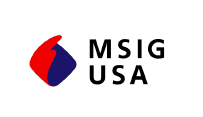
News
Keep current on our latest initiatives, newest offerings, and current corporate activities.
MSIG USA News
Employee Profiles
Insurance Resource News


You are currently leaving the MSIG website to a site not hosted by MSIG.
